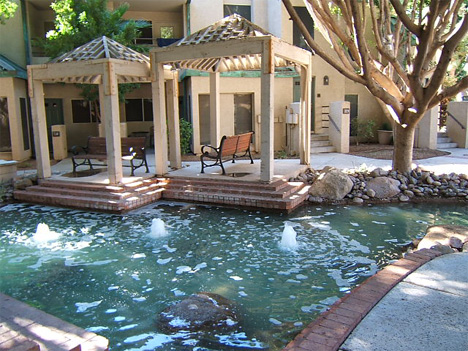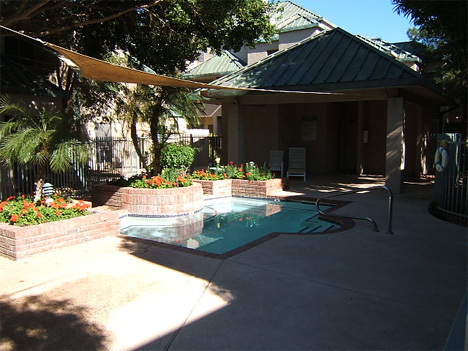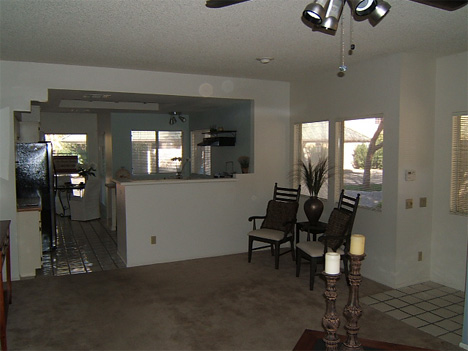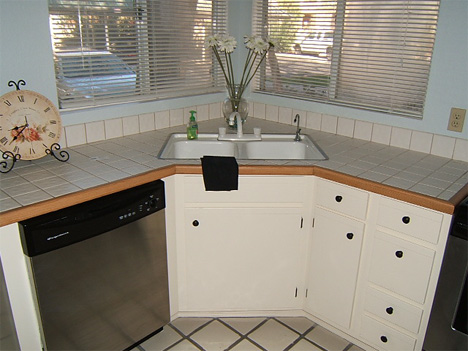This from my Arizona Republic real estate column (permanent link):
This is a note to the folks back home — in my case, the rust belt of Illinois. If, like many adults in metropolitan Phoenix, you come from someplace else, you might print this out and mail it to the people who stayed behind.
The topic: It might be time to pack up and move to Arizona.
Everybody wants to root for the home team, but there are cities that will grow out of our current economic mess and others that will not.
If you make your home in a region that thrived in the days of mass production, it’s likely that the sun has set on your local economy.
In cities like Detroit and Cleveland and Philadelphia, thousands of homes stand empty as people move away faster than they are replaced. Aging factories close one by one, and the high-paying jobs they once offered are not being replaced.
This is baked in the cake three different ways: Local laws make new-business formation difficult and costly. The climate often makes life unpleasant and more expensive. And the long-term movement of the nation’s population is south and west, away from loud, smoky cities and toward clean, quiet — and sunny — suburbs.
By contrast, Phoenix is growing — even now. Last year was another boom year for population growth, and our unemployment rate is remarkably low, considering what’s going on in the rest of the country. Our houses are cheap, our rents are affordable — and our horizons are unlimited.
There’s no way to put a price on psychological costs and benefits, but seeing the sun set every day — with a uniquely different majestical beauty every day — will effect a priceless change in your attitude about life.
If you live someplace where it snows and where rust is common — and not just as a decadent architectural ornament — it’s time to think about moving.
Even if you have to let your house go — and if your local population is declining, you’ll never get back what you paid for it — your future prospects — and your future mental health! — are probably better in greater Phoenix.



